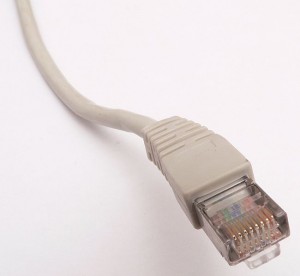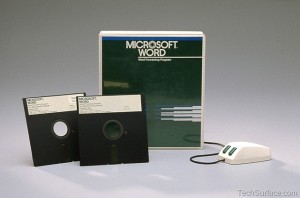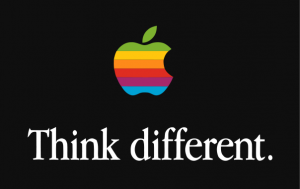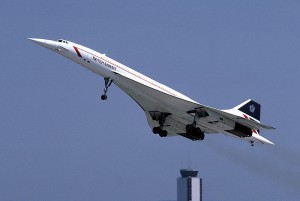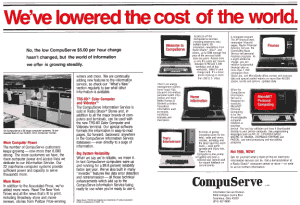Archive for September 2024
Ethernet is Drafted
Digital, Intel, and Xerox release version 1.0 of the Ethernet specification, known as the Blue Book. Since that time, Ethernet has evolved into the de facto networking standard for local area networks (LAN) in businesses and in the home.
Microsoft Word 1.0 for DOS
Microsoft releases their first software application, Microsoft Word 1.0. For use with MS-DOS compatible systems, Word was the first word processing software to make extensive use of a computer mouse. Not coincidentally, Microsoft had released a computer mouse for IBM-compatible PCs earlier in the year. A demo version was also included for free with a copy of PC World magazine, marking the first time a floppy disk was included with a magazine.
Apple Asks Us to Think Different
Just a little over two weeks after naming Steve Jobs interim CEO, Apple launches their “Think Different” ad campaign. Designed to reintroduce the Apple brand, the campaign was nearly universally praised by the press, general public, and advertising industry, winning several awards along the way. Looking back in context, Think Different was the symbolic start of Apple’s resurgence from near-collapse in the 1990’s into the most valuable company in the world.
The campaign was anchored on the now-famous prose commonly called, “Crazy Ones“, which was narrated by Richard Dreyfus in the commercial most people are familiar with. It is commonly thought that Steve Jobs wrote Crazy Ones, but in fact it was written by Rob Siltanen and Ken Segall who worked at Apple’s advertising agency, TBWA/Chiat/Day. Read more about the history of the Think Different campaign.
http://www.youtube.com/watch?v=nmwXdGm89Tk
Here’s to the crazy ones. The misfits. The rebels. The troublemakers. The round pegs in the square holes. The ones who see things differently. They’re not fond of rules and they have no respect for the status quo. You can quote them, disagree with them, glorify or vilify them. About the only thing you can’t do is ignore them. Because they change things. They push the human race forward. And while some may see them as the crazy ones, we see genius. Because the people who are crazy enough to think they can change the world are the ones who do.
Google’s Fake Birthday
September 27th, 1998
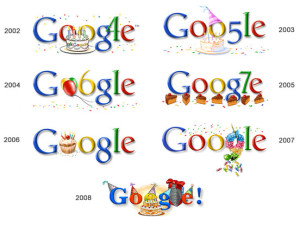
Richard Stallman Announces the GNU Project
Promising a “Free Unix”, Richard Stallman announces that he is going to write a complete Unix-compatible software system he calls GNU (which stands for Gnu’s Not Unix). This is a significant milestone in the history of open source and free software. Stallman would later found the Free Software Foundation.
Concorde Breaks Atlantic Crossing Speed Record
The supersonic aircraft Concorde makes its first non-stop Atlantic crossing and sets a new speed record in the process. Flying from Washington D.C. to Paris, France in 3 hours 32 minutes at an average speed of 954 miles-per-hour, the Concorde cut the old speed record in half.
The First Personal Computer You Never Heard Of
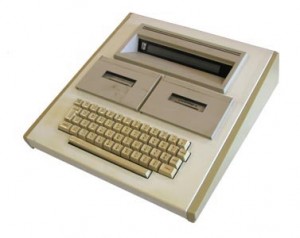
Micro Computer Machines of Canada introduces their MCM/70 microcomputer at a programmer’s user conference in Toronto. Possibly the earliest commercially manufactured device that can now be considered a personal computer, the MCM/70 gained customers at companies such as Chevron, Mutual Life Insurance, NASA, and the US Army. The company worked closely with Intel on the design of their computer and made very early use of the Intel 8008 processor, of which the basic design was used for the future Intel 8086. However, failing to generate venture capital in the Canadian marketplace, the MCM/70 never gained significant market acceptance and by the time the Apple II and other early personal computers were being released, the MCM/70 was relegated to a footnote in history.
CompuServe Launches MicroNET
CompuServe launches the first consumer-oriented online information service, which they called MicroNET. This marked the first time a consumer had access to services such as e-mail. The service was not favored internally within the business-oriented CompuServe, but as the service became a hit, they renamed the service CompuServe Information Service, or CIS. By the mid-1980’s CompuServe was the largest consumer information service in the world and half their revenue came from CIS. In 1989 CompuServe connected its proprietary e-mail system to the Internet e-mail system, making it one of the first commercial Internet services. However, CompuServe did not compete well with America On-Line or independent Internet Service Providers in the 1990’s and lost its dominant market position.
The First Android Introduced
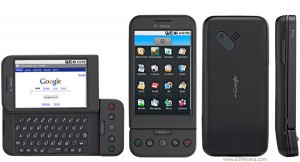
Google and T-Mobile introduce the T-Mobile G1 (also known as the HTC Dream), the world’s first Android-based smartphone. By raw sales numbers, today Android is the world’s most popular smartphone platform.
Computer Code Protected by Copyright

The US District Court for the Northern District of California rules that computer code is protected under copyright law. The ruling stems from the case NEC Corp. v. Intel Corp, which was basically a battle over who had the right to produce x86 processors. The ruling, while finding that Intel had copyright protection for the code in their processors, also found that reverse-engineering code was also legal and therefore NEC did not violate Intel’s copyright in producing their own x86 processors. This ruling that code could be copyrighted changed the landscape, for better or worse, of software and computer development.

